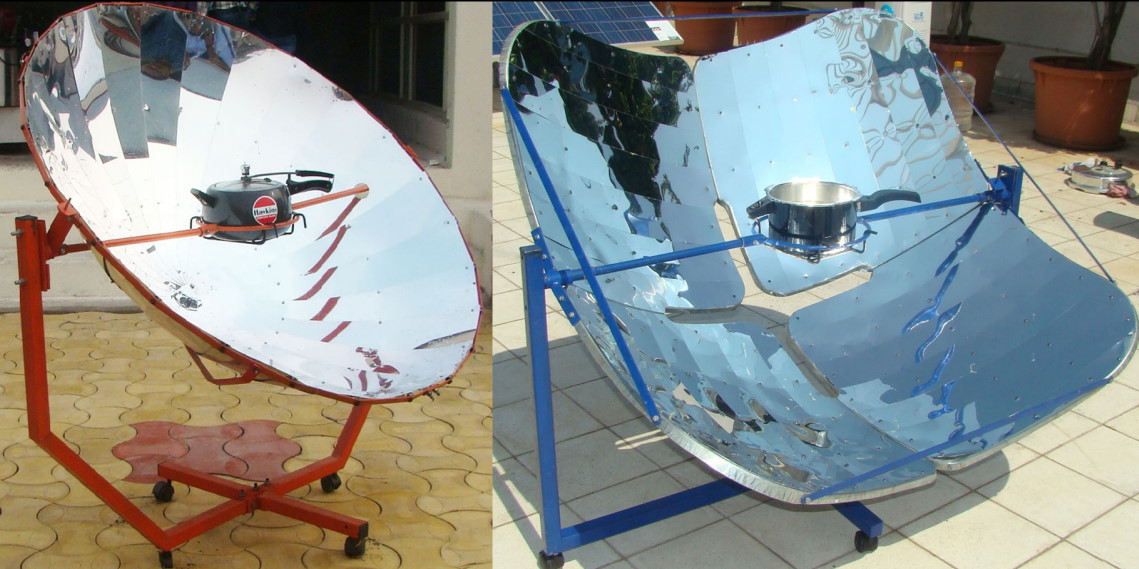A study of different solar cooker designs has alighted on the optimal form and structure, which can be constructed or bought in the developing world. The most efficient available design meshes well with mathematical models of these cookers. Details are provided in the International Journal of Renewable Energy Technology.

In the developing world is it common to burn locally available materials, such as wood, dung cake, and agricultural residues for cooking purposes. However, such materials lead to indoor air pollution that can have serious consequences for health, with lung disease and cardiovascular problems common in people regularly exposed to this pollution. The solar cooker, is a much cleaner alternative to indoor fires, albeit one that can only be used in daylight hours when the sun shines.
Rajendra Patil and Yogesh Kulkarni of the SNJB’s Late Sau KBJ College of Engineering in Chandwad, India, point out that tests on solar cookers in the past have been inconsistent in that they were often tested individually and under different conditions. They have now carried out a more systematic study that compares solar cookers with the same apertures under the same conditions but varies the geometry of the cooker to home in on the most efficient.
The researchers not only measured energy collection but assessed the actual cooking times of various food items to get a practical idea of the best type of solar cooker to recommend. The first modern solar cooker was invented and used as long ago as 1767 by Swiss researcher, Nicholas-de-Saussure, who was able to achieve a cooking temperature of 88 degrees Celsius with his cooker. Modern solar cookers which utilise a highly reflective surface with a geometry that focuses sunlight on to a support for a cooking vessel have been shown to achieve temperatures of well over 300 degrees Celsius.
The team found that two systems the Prince-15 and the SK-14 were both effective and efficient. However, under same conditions, the former excelled in terms of lower cooking times. The segmented Prince-15 also has the advantage of being easily disassembled and reassembled for transportation and storage.
Ultimately, solar cookers could replace the need to burn noxious materials but equally preclude the need for expensive fossil fuel supplies. Given that cooking energy accounts for up to half of the world’s energy consumption, the widespread adopt of solar cookers in the sunnier parts of the world could help reduce the environmental toll of this activity.
Patil, R. and Kulkarni, Y. (2022) ‘Performance analysis of concentrating solar cookers with a different geometry: comparative study’, Int. J. Renewable Energy Technology, Vol. 13, No. 3, pp.265–284.